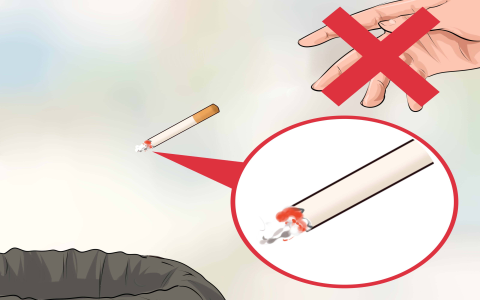Health Impacts of Traditional Tobacco
Traditional tobacco products, like combustible cigarettes, involve burning tobacco leaves. This process releases over 7,000 chemicals, including 70 known carcinogens such as tar, carbon monoxide, and formaldehyde. According to the World Health Organization (WHO), tobacco use is a leading cause of preventable death, linked to lung cancer, heart disease, stroke, and chronic respiratory conditions. Regular smoking reduces life expectancy significantly.
Understanding Tobacco-Free Electronic Cigarettes
Tobacco-free electronic cigarettes, often called e-cigarettes or vapes, heat a liquid solution to create vapor without combustion. The solution may contain nicotine, flavorings, propylene glycol, or vegetable glycerin, but it excludes tobacco leaf material. While this design avoids burning-related toxins, the aerosols can still contain harmful substances like heavy metals and ultrafine particles.

Comparative Harm Reduction
Public health agencies emphasize that tobacco-free e-cigarettes generally pose fewer risks than combustible tobacco. Key differences include:
- Reduced carcinogens: E-cigarettes emit lower levels of carcinogenic compounds than cigarettes.
- Limited long-term data: Research on e-cigarettes is ongoing, but evidence suggests potential harms include respiratory issues and addiction, especially in non-smokers.
- Relative harm profile: WHO reports that e-cigarettes are less harmful than cigarettes but not harmless.
For smokers unable to quit, switching to e-cigarettes may reduce exposure to toxicants. However, risks remain high for youths and non-users.
Effectiveness for Smoking Cessation
Neither choice is ideal for health, but e-cigarettes can aid quitting tobacco. Studies show:
- Partial support: E-cigarettes may help smokers reduce cigarette use or quit entirely by providing nicotine without combustion.
- No guarantee: Success rates vary, and many users become dual users (using both). First-line cessation aids like behavioral therapy or FDA-approved medications are more reliable.
Ultimately, complete abstinence is the safest strategy. E-cigarettes as a transitional tool might “help” smokers, but they are not a risk-free solution and should not be initiated by non-smokers.










